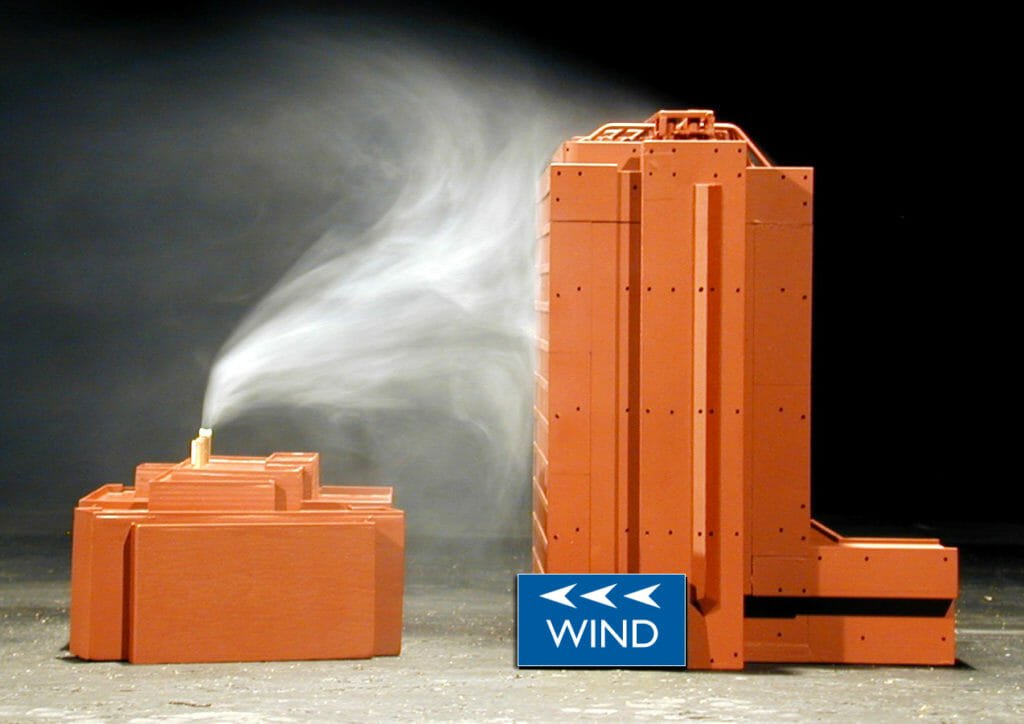News
How poor ventilation design can cause indoor odor problems
Indoor air quality refers to how pure air is within an occupied indoor space. While most of us intuitively understand that contaminants like mold, carbon dioxide, and secondhand smoke pose real health dangers, fewer people recognize that odors, even relatively benign ones, can also affect occupant comfort and productivity. While few individuals are likely to object to the aroma of freshly brewed coffee, nearly everyone finds vehicle exhaust disagreeable (not to mention hazardous).
The term odor often implies something unpleasant, the opposite of an aroma or a fragrance. Humans perceive scents when volatile organic compounds (VOCs) bind with receptors located on specialized neurons that line the olfactory epithelium on the roof of the nasal cavity. The higher the concentration, the more intensely the olfactory system perceives the odor.

Good interior ventilation design can effectively eliminate unpleasant and unhealthy odors or reduce them to acceptable levels. But good design requires more than simply selecting a fan and installing ductwork. The locations of exhausts and intakes, as well as their relative sizes, determine the initial quality and the volume of the air a ventilation system moves. Well-designed ventilation systems can prevent many indoor odors and it will more quickly eliminate the ones that do occur.
Improperly located intakes, and exhaust placement that fails to consider effects of wind and adjacent buildings, can introduce outside contaminants to a building that would otherwise experience healthy air. External odor sources could be as mildly unpleasant as a nearby dairy farm or as hazardous to health as the exhaust from industrial natural gas flares.
Good ventilation design, on the other hand, considers the sizes and locations of air intake and exhausts. It then combines this information with a sophisticated understanding of the local climate and wind conditions to deliver ventilation solutions that offer enhanced reliability, safety, and comfort.
